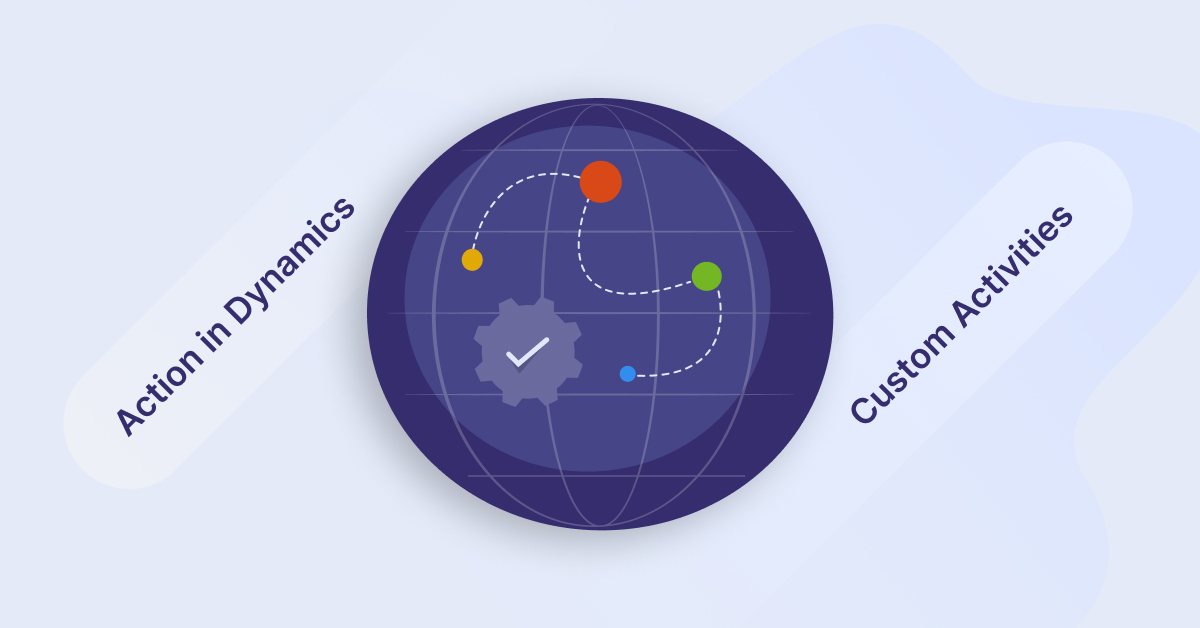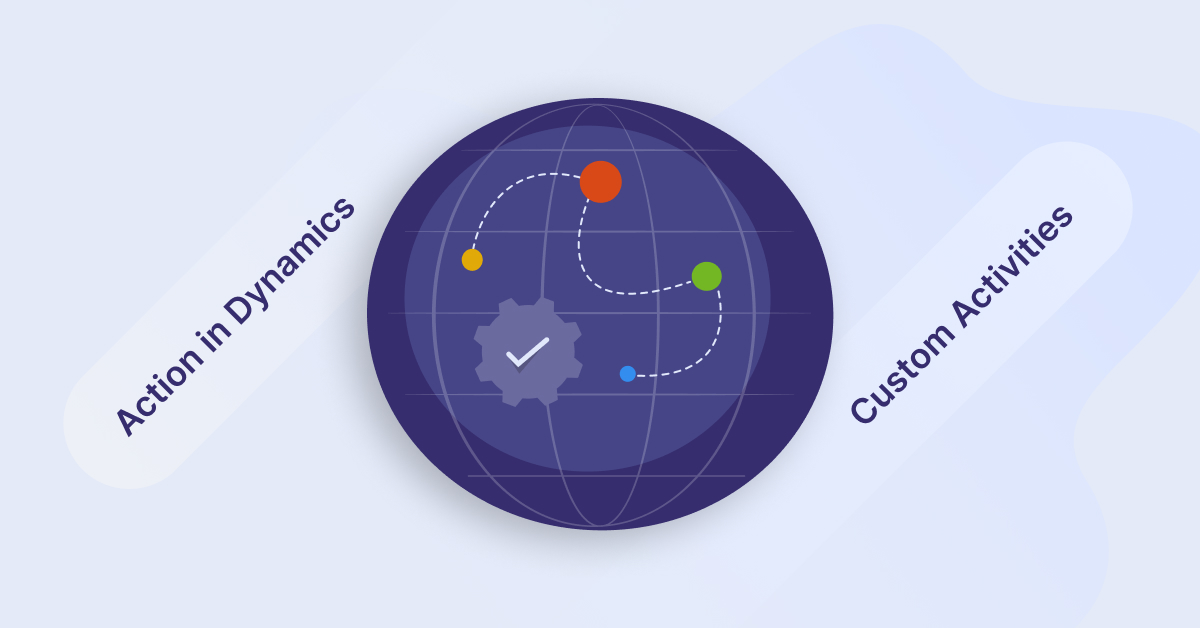What are Action Dynamics?
You might have studied workflow construction, where you learned about conditional actions as a means of creating branches of activities, and modification actions as a means of updating information and recording values with static or dynamic values.

This post is about how to use this information to create unique actions. To a large extent, custom actions may be compared to actual workflows in the real world. They have comparable characteristics, such as being made and altered in a unified editor and relying on the same phases, circumstances, and actions. When using the Microsoft app for workflows, you will need to select the following parameters, but not when using workflows.
When do Actions begin?
Actions begin running when another process invokes them through an Execute Action or when programmer software calls the message created for them. Likewise, the scope of action is the user who called it.
Background Processes
Operations are always performed in real-time. When compared to workflow processes, actions offer an additional feature. For example, the ability to take input and provide output arguments. You can use actions to do anything that either doesn’t exist in the Common Data Service or the Dynamics 365 for Customer Interaction applications or to do something that those two services don’t do separately.
You can also create an “Escalate” operation by combining the functionality of the Create, Allocate, and Set State procedures in a contact center.

Why Use Actions in Dynamics 365?
A custom action is a message that users can deploy to enhance the capabilities of the Power Platform. Actions provide a flexible framework for building new messages in Prevalent Data Service that contain business logic by combining several phases and logic.
Actions contain functionality in the same way as custom workflow activities do. Developer-created and maintained custom workflow activities provide non-developers with reusable building blocks of functionality for usage in workflows.
Actions are functional building blocks that may typically be built and managed by non-developers using declarative techniques, such as with conventional workflow stages. Developers can still construct the logic for more complicated custom actions.
In contrast to workflows, actions must be explicitly requested in order to be executed. Declaratively calling an action from a workflow or business intelligence flow is possible with the Perform Action step. The action message is just another platform message that developers may utilize however they wish.
The Proper Time to Perform Certain Activities
Actions allow you to provide a particular message that corresponds to a certain business process. These contemporary transmissions are motivated less by the actions that can be taken on a particular thing than by the processes that can be carried out on it. Verbs like increase, convert, arrange, route, and approve can be matched to these messages.
Having these verbs at your disposal can help you explain business procedures more precisely and with greater ease. Instead of writing it in clients, you can use this more extensive vocabulary from customers or D365 integrations to perform the necessary activity. This simplifies things further since it allows the entire activity to be managed and recorded as a single unit, regardless of whether or not it was successful.
Action Generation
Making anything happens is the same as making anything else happen. To add an action to an unmanaged solution:
- Open the solution.
- Go to the File menu.
- Pick New, then Process, and finally Action.
Like other process types, action processes allow you to provide a context entity by selecting one, or you can specify none (global). You should employ this if your operation doesn’t depend on any particular entity’s history or current state.
It’s crucial to give the operation a fitting moniker. When an action is performed, the name is used to create a one-of-a-kind message name, complete with a customizable prefix. The programmer will refer to this message by its name whenever it is used. If the process has already been enabled and the code is ready to call the operation by this name, don’t alter the name.
Action-specific Characteristics
All or part of an activity can be “undone” (or “rolled back”) in transactions; hence, this feature is essential. In certain cases, such as with actions, you’ll have the opportunity to opt out of this. Before deciding whether or not to include this message in a transaction, you should check with the programmer who will be using it. To do a rollback, an action must be initiated by a developer’s code via a Common Data Service message; if a custom action is called from within a workflow, this option is unavailable.
The Meaning of Process Arguments Specify the input and output parameters for the action here Once the attributes of an action have been established, the workflow may be edited in the same way as a live one by adding new stages, conditions, and actions.
Actions include the Assign Value step in addition to the steps that may be utilized in real-time workflows. These are the only valid inputs for setting output arguments in actions.
Taking Singing Actions
Workflows allow you to carry out an activity, either as part of a company process flow or independently. After a custom action has been activated, it may be used in a process by choosing the Perform Action option from the Add Step drop-down menu.

Once you’ve added the step to your procedure, you can choose your new action from the Action drop-down menu. In order to define the input parameters for your custom action, you may select Set Properties from the drop-down menu.

That’s all for this post. Next, we will see how we can call the actions using code. For more information on how to use Actions in Dynamics, don’t hesitate to contact us.



